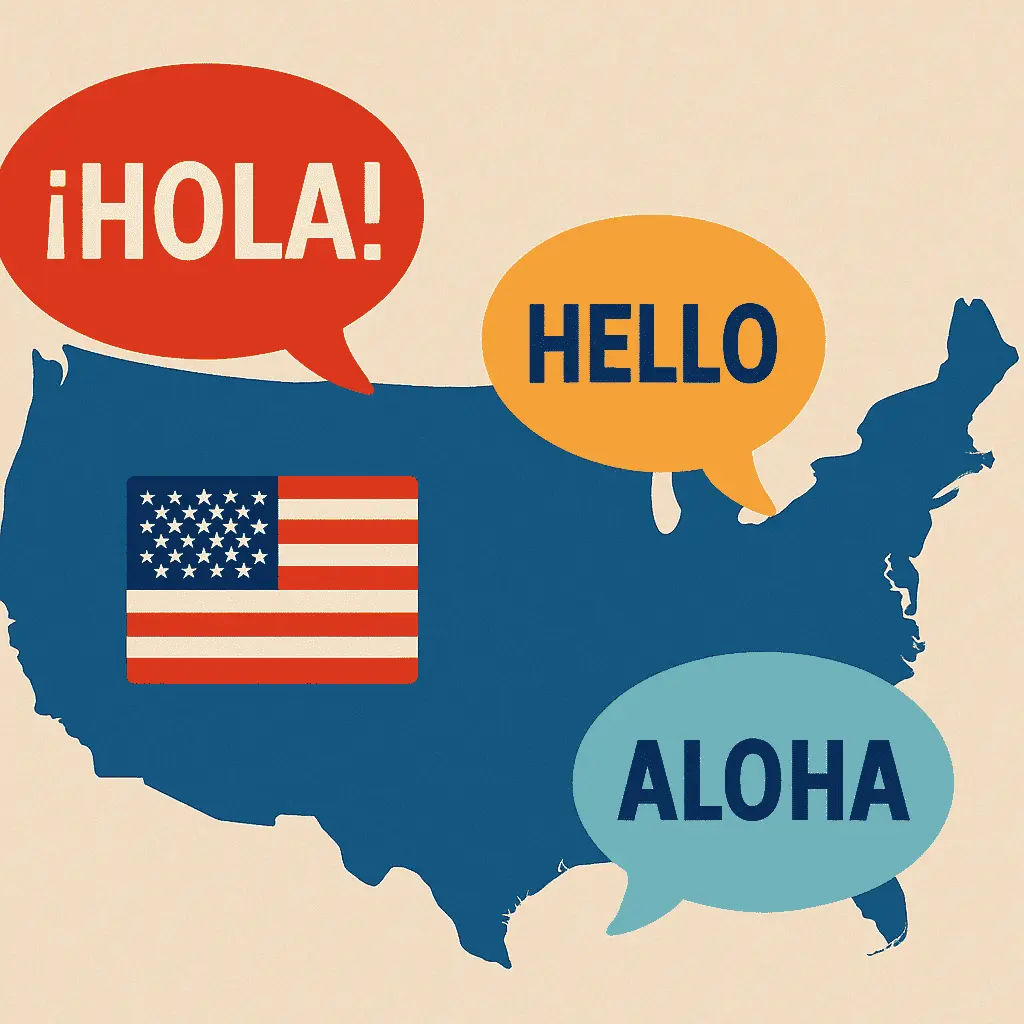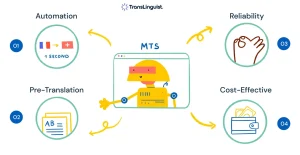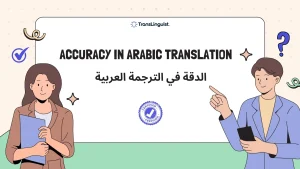Okay, let’s get this straight: America was never, and never will be, a monolingual country. That’s as outdated as dial-up internet. Sure, English is the de facto language used in courts, classrooms, and cable news but it’s far from the only voice in the room. If you were to drop into any major US city and take a walk, you’d probably hear a linguistic mashup that would rival the Tower of Babel (minus the divine punishment).
In this blog, we’re going to dive into the crazy, messy, and amazing world of languages spoken in the US. Not just the top two English and Spanish but the immigrant languages, endangered dialects, and the policy debates around them. Buckle up. This isn’t your high school civics class.
How Many Languages Are We Talking About?
Before you lose interest: Over 350 languages are spoken in American homes. That’s more than almost any other country in the world, including India and Nigeria. The U.S. Census Bureau says 22% of Americans speak a language other than English at home.
And here’s the thing: this isn’t just a New York or LA thing. You’ll find Hmong in Minnesota, Arabic in Dearborn, Michigan, and Navajo in the Southwest. America’s multilingual identity isn’t new; it’s just not often celebrated.
The Unofficially Official Language
Let’s be real, English is in charge. But here’s a fun fact: the United States has no official language at the federal level. English is the language of business, law, and that passive-aggressive HOA letter you got about your lawn gnomes, but it was never officially declared.
Historically, English became the dominant language through British colonization and has never let go. However, that dominance has always coexisted with waves of immigrant languages, from German in Pennsylvania to Yiddish on New York’s Lower East Side. English may be the loudest voice in the room, but it was never the only one.
Spanish: Not a Minority, But a Major Player
Let’s talk about Spanish not as a “foreign” language, but as the second language in the US, with over 41 million native speakers and another 11 million who speak it as a second language. That’s more Spanish speakers than in Spain itself.
In places like Miami, Los Angeles, and El Paso, Spanish isn’t an option; it’s the default. You’ll hear it on the radio, see it on street signs, and use it to order your cortado at that café that’s way too cool for its good.
Spanish is part of the American story, especially in states that were once part of Mexico. It’s not an immigrant language, it’s an inheritance.
The Immigrant Tongues: Arabic, Chinese, Tagalog, Vietnamese & Beyond
The U.S. has always been a landing pad for dreamers, refugees, and economic migrants. And with them come their languages. In recent years, several have risen to the top:
- Chinese (including Mandarin and Cantonese): 3 million+ speakers, in cities like San Francisco and New York.
- Tagalog: 1.6 million+ speakers, in California and Nevada.
- Vietnamese: In Texas and Louisiana, 1.5 million+ speakers.
- Arabic: One of the fastest-growing languages in the U.S. due to immigration from North Africa and the Middle East.
- Russian, Hindi, Korean, and Persian also have a presence.
These languages aren’t just “foreign.” They’re American second and third-generation citizens who carry these languages like heirlooms.
Indigenous Languages: America’s First Voices
Let’s be real: when we talk about American languages, we skip the most obvious chapter, the ones spoken here before English ever arrived in Jamestown.
The U.S. has over 150 Indigenous languages, though many are on the verge of extinction. Navajo (or Diné Bizaad) is the most widely spoken language with around 170,000 speakers.
Languages like Lakota, Cherokee, and Hopi are being revitalized through tribal schools and digital tools. But here’s the sad truth: over half of all Native American languages are endangered.
Revival efforts are underwa,y from bilingual education to language apps, but they need support not just from the communities themselves but from policymakers who will prioritize cultural preservation.
Regional Dominance: Where You Live Determines What You Hear
Language in America is super regional. Let’s break it down like a Spotify Wrapped for speech.
- New York City: A linguistic jungle with over 200 languages spoken. Queens may be the most diverse borough on Earth.
- Los Angeles: Spanish, Tagalog, Korean, and Armenian flow as freely as traffic complaints.
- Dearborn, Michigan, is Home to the largest Arab-American population in the country. Arabic is everywhere.
- Hawaii: Hawaiian and Pidgin English are not only culturally relevant but increasingly celebrated.
- Southwestern States (Arizona, New Mexico): Navajo and other Indigenous languages are still strong.
This regionalism means America’s linguistic map is as crazy and unpredictable as the weather, sunny with a chance of Swahili.
Education, English Learners, and Bilingual Battles
About 5 million U.S. students are English Language Learners (ELLs). That’s about 10% of all public school students. Their needs are real, and yet the politics around bilingual education are tricky.
Remember the 1990s “English-only” movement? It was a knee-jerk reaction to rising immigration, especially from Latin America and Asia. Many states passed laws limiting bilingual education, insisting on “full immersion” in English.
Spoiler: It didn’t work.
Research now shows that students in dual-language programs outperform their peers on standardized testing, not just in language but in math and science too. Bilingualism isn’t a handicap. It’s a superpower.
Policy, Power, and the Politics of Language
Language is never just about communication. It’s about identity, power, and inclusion.
The English-only laws are still on the books in many states, even as the demographics are shifting beneath their feet. On the other hand, cities like San Francisco and Miami are embracing their multilingualism as a badge of honor and offering city services in multiple languages.
Meanwhile, the federal government is starting to recognize the need for language access laws, especially in healthcare, legal services, and voting materials. The Voting Rights Act, for example, requires ballots to be printed in minority languages in jurisdictions with large non-English speaking populations.
In short, language policy is not just an administrative detail, it’s a civil rights issue.
Need to translate a legal document, a health app, or an ad campaign into Spanish that resonates? TransLinguists deliver culturally relevant communication that builds trust and traction.
The “Silent” Crisis: Heritage Language Loss
Let’s get real: even though the U.S. is a multilingual country, most immigrant families lose their heritage language within two to three generations.
The pressure to assimilate, English dominance in schools and media, and internalized shame can cause children of immigrants to abandon their mother tongue. The irony? Many of those same kids grow up to regret it.
Now, more families are pushing back on enrolling their kids in weekend language schools or raising them bilingual. Tech helps too: apps, YouTube, WhatsApp calls with grandma in Oaxaca or Beirut. That’s the modern way to keep ancestral voices alive.
The Digital Age of Multilingualism
Here’s the good news: the digital world is on our side in the fight for language preservation and inclusion.
From Duolingo to TikTok creators teaching Somali slang or Cajun French, language is not dying; it’s living online. Podcasts in Spanglish, memes in Vietnamese, YouTube cooking channels in Urdu, it’s all part of the modern American linguistic landscape.
Tech is getting smarter, too. More companies use real-time translation tools, and AI is bridging gaps in healthcare, legal systems, and education. But human interpreters are still essential, for nuance, accuracy, and empathy.
Final Thoughts: What Language in the US Means
To know the languages spoken in the US is to know America itself: messy, layered, dynamic, and always changing.
The takeaway? Language is not a zero-sum game. The rise of Spanish doesn’t threaten English. The resurgence of the Navajo doesn’t undermine unity. Linguistic diversity doesn’t weaken a nation it strengthens it.
If anything, the true American dream isn’t monolingualism, but it’s a place where everyone can speak freely, be heard, and be proud of the words that shape them.
So next time someone says, “This is America, speak English,” tell them in whatever language you please.
Why TransLinguist? What Sets Us Apart
Let’s be real, there are a lot of translation companies out there. But TransLinguist isn’t just another vendor. We’re your global communication partners, trusted by governments, Fortune 500s, healthcare networks, and NGOs worldwide.
Here’s why:
- Industry-specific expertise in legal, e-learning, tech, and more.
- 24/7 global availability
- Custom-built AI & human translation workflows
- Cultural relevance is built into every project
- Security-first infrastructure (yes, GDPR and HIPAA ready)
How TransLingusit helps companies go global.



